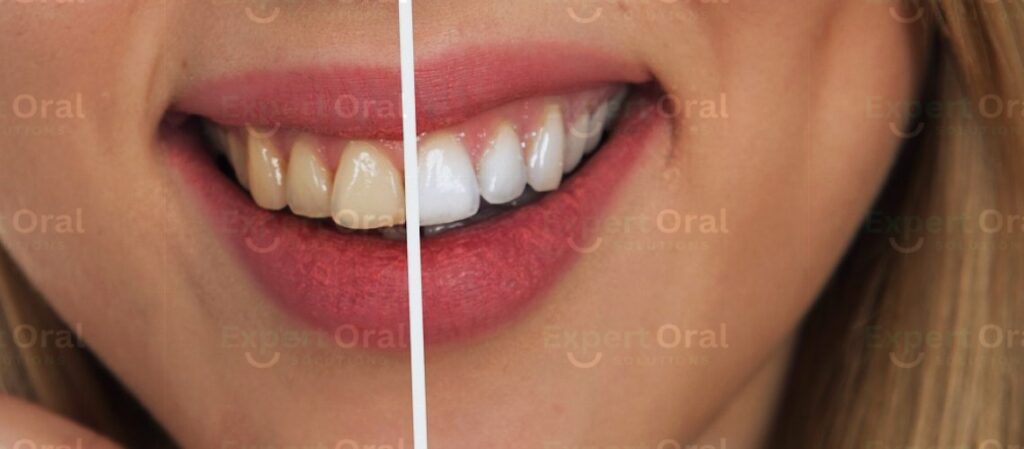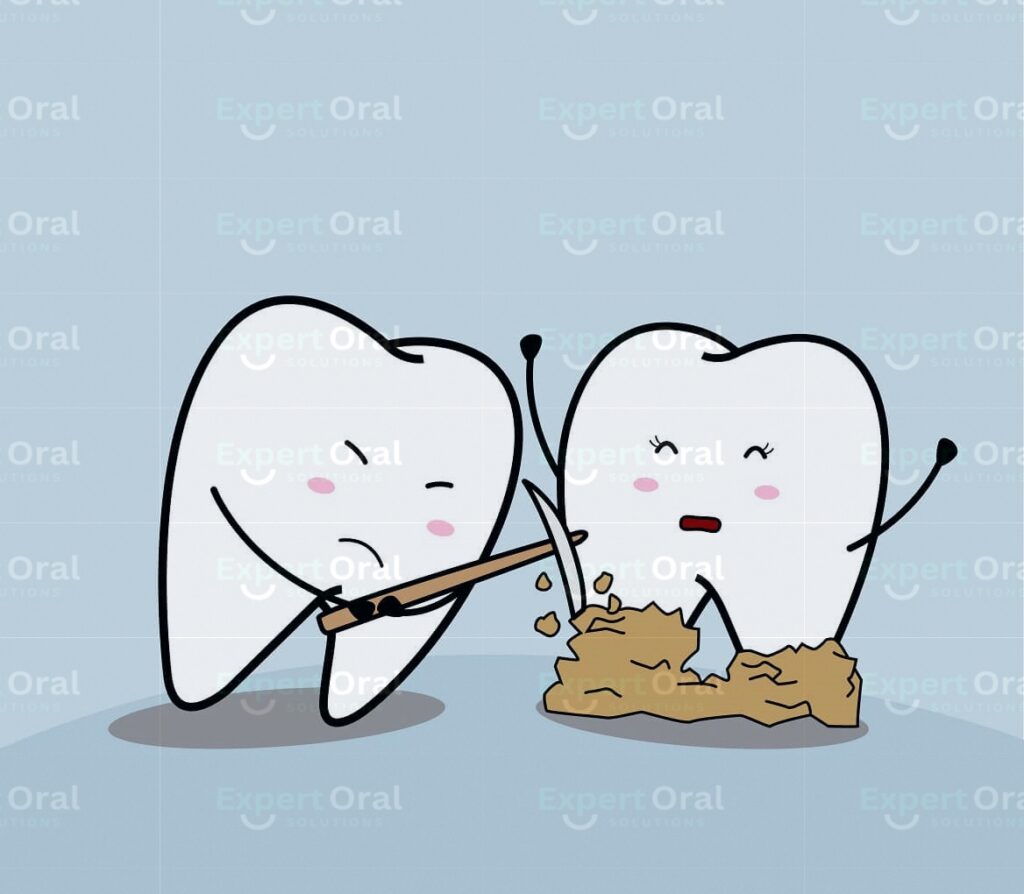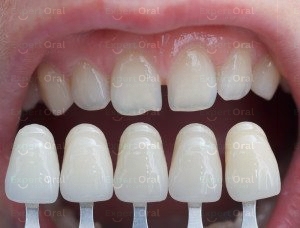A gleaming smile can do wonders for your confidence, and teeth whitening has become a popular way to achieve that Hollywood shine. However, it’s crucial to be aware of potential side effects associated with this cosmetic procedure.
Understanding the Potential Issues:
While teeth whitening is generally safe, some temporary side effects can occur:
Tooth Sensitivity:
This is the most common side effect, causing discomfort or a tingling sensation. This can be:
-
- Sharp or dull pain: The discomfort might feel like a sharp pang or a dull ache in your teeth, particularly when exposed to cold or hot beverages/foods.
- Increased sensitivity during brushing or flossing: You might experience heightened sensitivity while brushing or flossing your teeth due to the temporary weakening of the enamel.
Gum Irritation:
The whitening agents, particularly in stronger concentrations used in professional treatments, might irritate the gums, leading to:
-
- Redness: The gum tissue around the teeth may appear red and inflamed.
- Mild swelling: In some cases, slight gum swelling might accompany the redness.
- Discomfort: Gum irritation can cause a burning sensation or general discomfort in the gum area.
Temporary Taste Alteration:
You might experience a temporary change in your sense of taste during the whitening process. This can manifest as:
-
- Metallic taste: A metallic taste in your mouth is a common side effect, often described as a blood or penny-like taste.
- Altered perception of sweetness or saltiness: Your ability to perceive sweetness or saltiness in foods might be slightly diminished during the whitening process.
Factors Affecting Severity:
The severity of these side effects can vary depending on several factors:
- Type of Whitening Procedure: In-office whitening procedures performed by dentists tend to use stronger whitening agents, potentially leading to a higher chance of experiencing side effects.
- Individual Sensitivity: Some individuals are naturally more susceptible to tooth sensitivity or gum irritation.
- Length of Treatment: Longer whitening treatments or exceeding the recommended duration can increase the risk of side effects.
Minimizing the Risks:
Here are some tips to minimize the potential side effects of teeth whitening:
- Consult a dentist: Discuss your individual needs and concerns with a qualified dentist. They can recommend the most suitable whitening option based on your oral health and risk factors.
- Follow instructions carefully: Always adhere to the dentist’s instructions regarding the application and duration of whitening treatments.
- Use desensitizing toothpaste: Opt for toothpaste formulated for sensitive teeth to help reduce discomfort.
- Take breaks: If you experience significant sensitivity, take a break from the whitening treatment and consult your dentist.
When to Seek Professional Help:
While most side effects are temporary and subside within a few days, it’s crucial to seek professional help if you experience:
- Severe or persistent pain: If the tooth sensitivity is extreme or doesn’t improve after a few days, consult your dentist.
- Prolonged gum irritation: If gum inflammation persists or worsens, seek professional advice from your dentist.
- Signs of allergic reaction: In rare cases, allergic reactions to the whitening agents can occur. Be aware of symptoms like swelling, difficulty breathing, or excessive discomfort.
Additional Resources:
- American Dental Association (ADA) on teeth whitening: https://www.ada.org/resources/ada-library/oral-health-topics/whitening
- National Institute of Dental and Craniofacial Research on tooth sensitivity: https://www.nidcr.nih.gov/
Disclaimer: The information provided in this blog is for general informational purposes only and should not be construed as medical advice. Please consult with a qualified dentist for personalized recommendations and to address any concerns you may have regarding teeth whitening and potential side effects.




